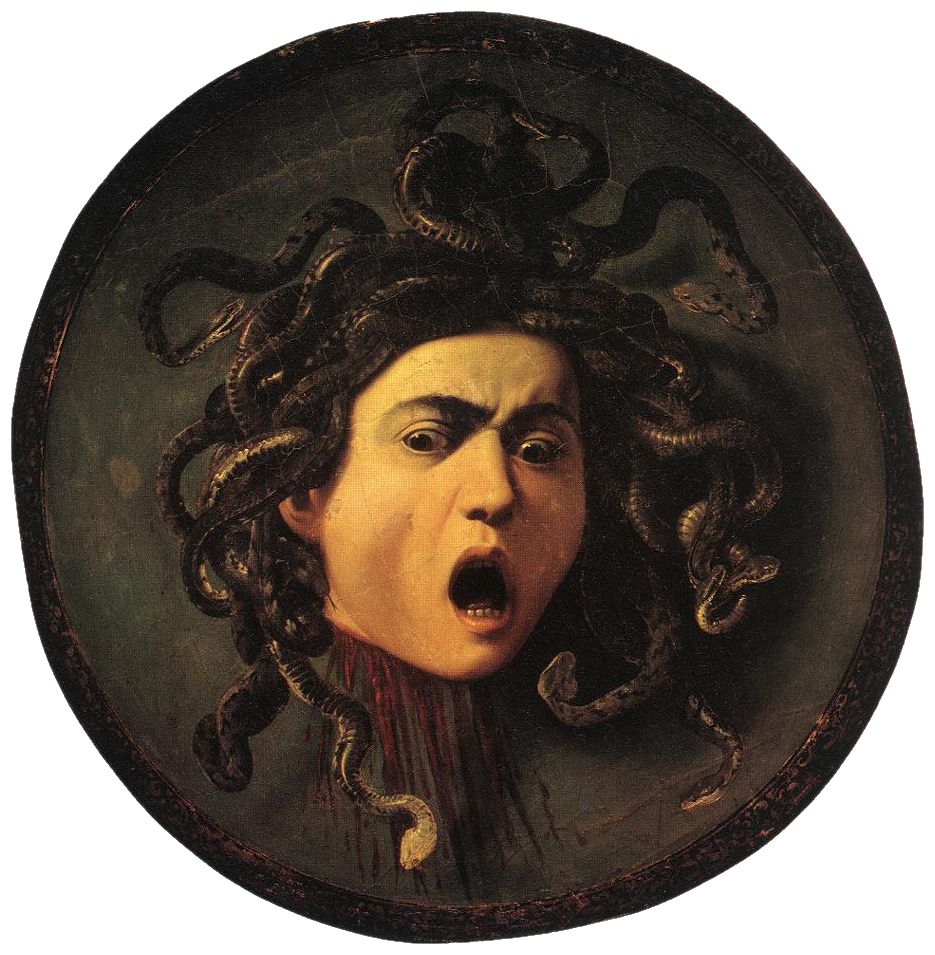Last year, while discussing the merits of Point Buy or Random Roll for character creation, I mentioned the issue of "stat inflation," the incentive for players to play characters with higher statistics. This week, I wanted to take a closer look at stat inflation, which comes up in games that use Random Roll for character creation.
As I mentioned before, Random Roll in character creation can produce disparate results. These disparate results, when combined with a distribution of bonuses that is skewed toward high stats, can in turn produce starting characters of vastly different power ability.
For an extreme example, let's take a look at the Exceptional Strength mechanic for AD&D:
A first level fighter with Strength 18/00 will be in every way mechanically superior to a first level fighter with Strength 9 (the minimum required by the class) and will be the mechanical equivalent of a fighter with significant magical equipment (e.g., Gauntlets of Ogre Power)! So where's the incentive to play a starting fighter with Strength 9?
The Exceptional Strength mechanic, of course, was introduced in Supplement I: Greyhawk (1975) as an early attempt to address Linear Fighters, Quadratic Wizards. However, rather than buff the class directly (ala the Druid's ability to Change Shape) and boost all fighters, either only a tiny minority of fighters benefit or chargen rolls become suspicious.
This is a striking change from Original Dungeons & Dragons (i.e., not including the Supplements), where ability scores are mostly for roleplaying purposes and generally have little to no mechanical effect (e.g., a Fighter with Strength 9 fights as well as a Fighter with Strength 18).
Furthermore, stat inflation is also "incentivized" for all classes (e.g., Cleric's bonus spells, Thief's bonus to Thief abilities, etc.) in AD&D.
I discussed this issue with my old AD&D DM and his recommendation for a PC with low stats is to play a Magic-User, since M-Us don't get bonus spells at first level. However, by the book, a Magic-User with Intelligence 18 will still be significantly superior in the long-run compared to a Magic-User with Intelligence 9 because of the Minimum Intelligence to Use Spell, Chance to Know Spell and Maximum Spells per Level mechanics:
People say that it's Old School to play with low or average stat characters and there's some truth to that POV. Additionally, it is true that some people aren't bothered by playing a significantly weaker character than other members of the party. For others, however, it is hard not to be understandably jealous.
One can, of course, make house rules to curb or address Stat Inflation. This is the path I've taken for the rule set I'm designing: I want to keep an Old School feel of Random Roll for ability scores but I also use a Point Buy system where the number of creation points increase as starting ability scores decrease.
As I mentioned before, Random Roll in character creation can produce disparate results. These disparate results, when combined with a distribution of bonuses that is skewed toward high stats, can in turn produce starting characters of vastly different power ability.
For an extreme example, let's take a look at the Exceptional Strength mechanic for AD&D:
A first level fighter with Strength 18/00 will be in every way mechanically superior to a first level fighter with Strength 9 (the minimum required by the class) and will be the mechanical equivalent of a fighter with significant magical equipment (e.g., Gauntlets of Ogre Power)! So where's the incentive to play a starting fighter with Strength 9?
The Exceptional Strength mechanic, of course, was introduced in Supplement I: Greyhawk (1975) as an early attempt to address Linear Fighters, Quadratic Wizards. However, rather than buff the class directly (ala the Druid's ability to Change Shape) and boost all fighters, either only a tiny minority of fighters benefit or chargen rolls become suspicious.
This is a striking change from Original Dungeons & Dragons (i.e., not including the Supplements), where ability scores are mostly for roleplaying purposes and generally have little to no mechanical effect (e.g., a Fighter with Strength 9 fights as well as a Fighter with Strength 18).
Furthermore, stat inflation is also "incentivized" for all classes (e.g., Cleric's bonus spells, Thief's bonus to Thief abilities, etc.) in AD&D.
I discussed this issue with my old AD&D DM and his recommendation for a PC with low stats is to play a Magic-User, since M-Us don't get bonus spells at first level. However, by the book, a Magic-User with Intelligence 18 will still be significantly superior in the long-run compared to a Magic-User with Intelligence 9 because of the Minimum Intelligence to Use Spell, Chance to Know Spell and Maximum Spells per Level mechanics:
People say that it's Old School to play with low or average stat characters and there's some truth to that POV. Additionally, it is true that some people aren't bothered by playing a significantly weaker character than other members of the party. For others, however, it is hard not to be understandably jealous.
One can, of course, make house rules to curb or address Stat Inflation. This is the path I've taken for the rule set I'm designing: I want to keep an Old School feel of Random Roll for ability scores but I also use a Point Buy system where the number of creation points increase as starting ability scores decrease.




No comments:
Post a Comment